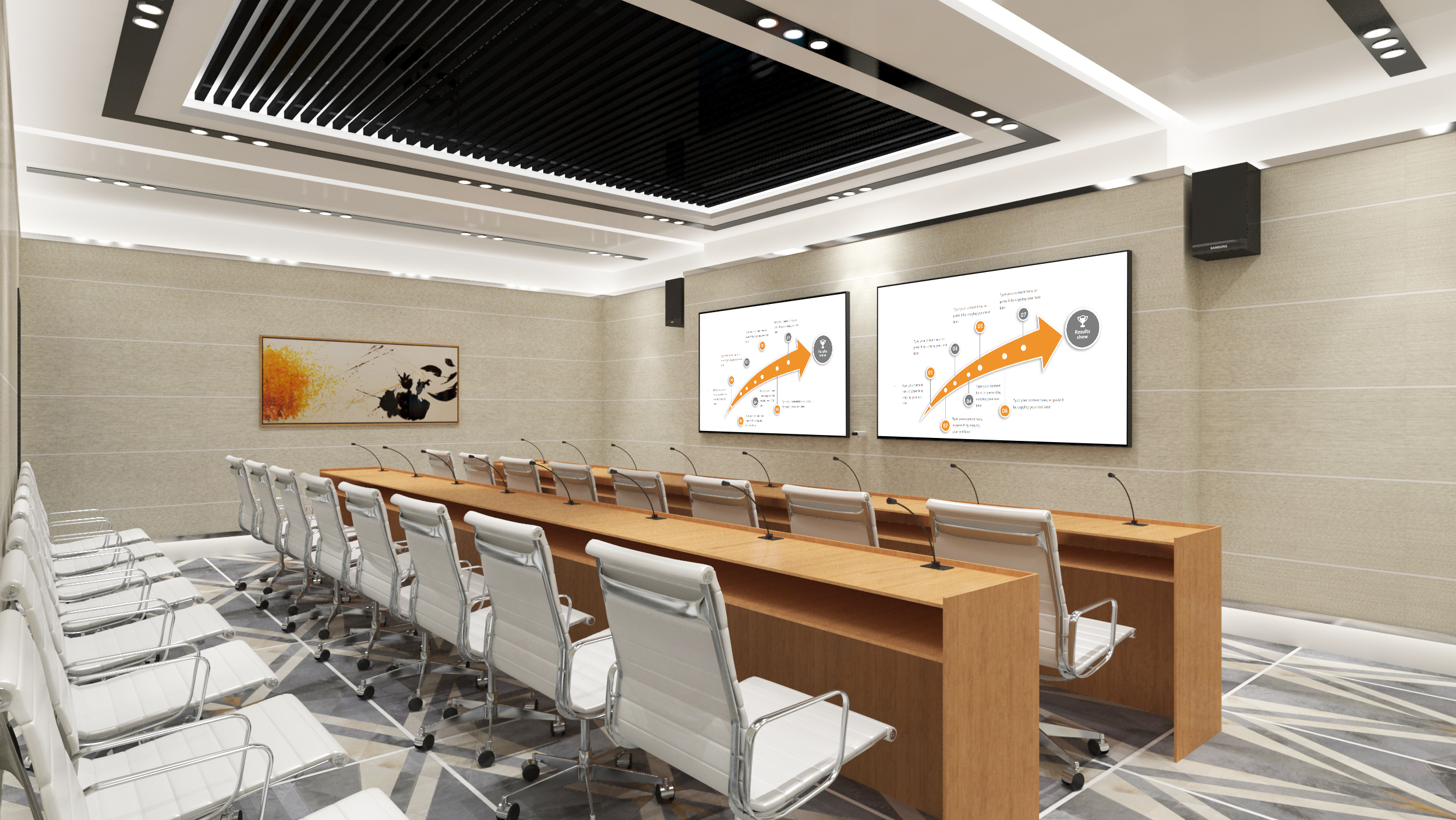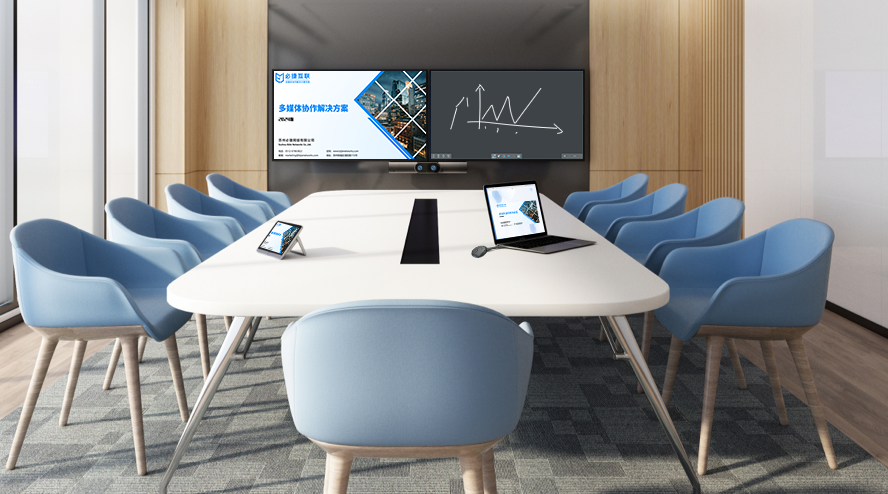Choose This for AirPlay Screen Mirroring: Apple Devices Connect Instantly to Big Screens
For iPhone and Mac users, are you always worried about “can’t connect, blurry picture quality” with native AirPlay screen mirroring? This screen mirroring device is specifically designed for the Apple ecosystem, deeply adapted to the AirPlay protocol. No need to install apps or adjust parameters. Your phone and computer connect to a large screen with one tap, perfect for home entertainment, office presentations, and sharing with friends, making your Apple device mirroring experience smoother, more stable, and more professional.
I. 30 Seconds to Connect, No Learning Curve for Apple Users
Completely follows Apple device operating logic, even new users can succeed on the first try:
- Device Powers On and Is Ready: Plug the screen mirroring receiver into your TV, conference screen, or projector. After powering on, the large screen will display a dedicated name (e.g., “Bedroom AirPlay Screen,” “Conference Room Mac Cast”). No manual pairing is needed; the device automatically enters standby for connection.
- One-Tap Native Functionality:
- iPhone/iPad: Swipe down from the top-right corner of the screen to open Control Center, long-press “Screen Mirroring,” and select the large screen’s name from the list. The picture appears in 1 second.
- MacBook: Click the “Screen Mirroring” icon in the top menu bar, select the corresponding device, and synchronization completes within 2 seconds. No ads or pop-ups throughout the entire process.
II. Three Core Advantages That Address Apple Users’ Pain Points
1. Compatible with All Apple Devices, Even Older Models
- Whether it’s a 5-year-old iPhone 8 or the latest iPhone 15 Pro; whether it’s a MacBook Air M1 or a MacBook Pro M3, as long as the system version is iOS 9+ or macOS 10.10+, you can mirror smoothly with over 98% compatibility.
- No need to specifically change devices for mirroring. Your grandparents’ old iPhone or the company’s office Mac can be used by simply plugging in.
2. High-Definition and Stable Transmission, Accurate Apple Picture Quality Restoration
- Clear Picture Quality: Supports 1080p Full HD. MacBook Pro can even cast 4K resolution. Charts in Keynote, ProRAW photos taken with an iPhone—details are clear, and colors are almost identical to what’s displayed on an Apple screen.
- Stable Transmission: Dual-band (2.4GHz+5.8GHz) signals resist interference. Even with a HomePod and iPad connected simultaneously at home, mirroring won’t lag. Short videos and movies play with synchronized audio and video, with latency as low as 12ms, allowing for responsive gameplay in casual mobile games.
- Rare Disconnections: During office presentations or family gatherings, the probability of mid-mirroring disconnection is less than 0.1%, ensuring reliability in important occasions.
3. Apple Ecosystem Functionality Linkage, Easier to Use
- More Efficient Mac Split Screen: When mirroring from a Mac, you can enable “Extended Desktop.” Display reference documents on the large screen while coding or creating a PPT on your computer. Operations on both sides won’t conflict, directly doubling multitasking efficiency.
- Mirroring Even with Phone Screen Off: When an iPhone pushes video or music via AirPlay, the large screen content won’t be interrupted even after the phone screen is off. This saves power and allows you to chat on WeChat with your phone.
- Excellent Privacy Protection: When mirroring from a Mac, text messages and WeChat notifications received on your phone won’t synchronize to the large screen, so you don’t have to worry about private messages being exposed. After disconnecting, the next time you connect, you can resume directly from where you left off, without having to find your progress again.

III. Four High-Frequency Scenarios, Maxed Out Mirroring Experience
1. Home Entertainment: More Immersive Big Screen Binge-Watching
- On weekends, cast Tencent Video or Netflix from your iPhone to the TV. Watching on the couch is much more comfortable than on a small phone screen, and you can even adjust volume and fast-forward with your Apple Watch.
- When the whole family watches travel videos, a MacBook casts 4K footage to the TV, paired with HomePod audio, just like watching a documentary in a cinema, with incredibly realistic color reproduction.
- Children take online classes by casting from their iPad to the TV. The large screen is easier on the eyes, and parents can remotely control playback with their iPhone. When important content comes up, they can pause and explain at any time, with no ad interruptions.
2. Office Presentations: Professionalism Maxed Out
- Business professionals bring their MacBook to client meetings. No HDMI cable needed. AirPlay one-tap casts Keynote. Use Apple Pencil to annotate key data on the large screen. Clients can see and understand clearly, and the presentation pace isn’t disrupted by equipment.
- When designers display PSD or AI design drafts, 4K quality allows clients to clearly see font spacing and color gradient details. After on-site adjustments, re-mirroring shows the effect in a few seconds, making communication 5 times faster than transferring files.
3. Friends Gathering: More Lively Photo and Video Sharing
- Everyone takes turns casting group photos and short videos from their iPhone to the TV. Enable “Automatic Slideshow Playback” with background music. No need to pass phones around and huddle to view, directly maximizing interaction.
- Someone recorded an interesting vlog. Use AirPlay to cast it to the big screen. Everyone laughs and discusses together, much more fun than everyone watching on their own phone.
4. Professional Creation: More Precise Detail Display
- Photographers use their MacBook to cast RAW format photos for clients to select. On the large screen, clients can clearly see the white balance and texture details of the photos. When a client says, “Adjust the brightness of this one,” the photographer can modify it on the spot and immediately mirror it for confirmation, without repeatedly exporting JPGs.
- Video editors finish editing a video with Final Cut. They use AirPlay to cast it to a large screen for team review. Under 4K quality, editing details and transition effects are clearly visible, making feedback more efficient.
IV. Common User Questions and Answers
Can I mirror without Wi-Fi?
- Yes! The screen mirroring device supports hotspot mode. Connect your iPhone or Mac to the mirroring device’s hotspot, and you can mirror without connecting to your home Wi-Fi. It’s perfect for outdoor camping or temporary presentations.
Will mirroring take up my phone’s memory?
- No! No APP installation is required. It directly calls Apple’s native AirPlay function, taking up no memory and showing no ads, with no impact on phone performance.
Can it be used with older TVs?
- As long as the TV has an HDMI port, it can be used. Whether it’s a smart TV or a regular TV, simply plug in the screen mirroring receiver to support AirPlay. Even old devices can be upgraded to become “Apple-compatible screens.”
V. Two Practical Details for More Peace of Mind
- Portable and Easy to Carry: The screen mirroring receiver is palm-sized, weighing less than 40g. Slip it into your MacBook bag when traveling. Plug it in and use it in client offices or remote training venues, without needing to carry bulky adapter cables.
- Long-Term Usability, No Obsolescence: When Apple systems are updated, the screen mirroring device will synchronize and optimize compatibility. For example, iOS 18’s “HDR10 mirroring” and macOS Sonoma’s “multi-device sync” will both be adapted, eliminating the need for frequent device replacement.
For Apple users, a good screen mirroring device should be “easy to use, no adjustments needed, and smooth to operate.” This device perfectly aligns with the usage habits of the Apple ecosystem. Whether for daily use or professional scenarios, it can elevate the AirPlay mirroring experience to the next level.